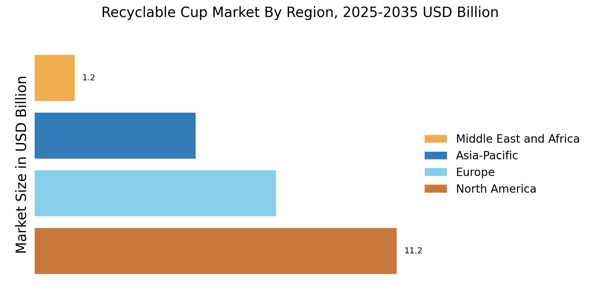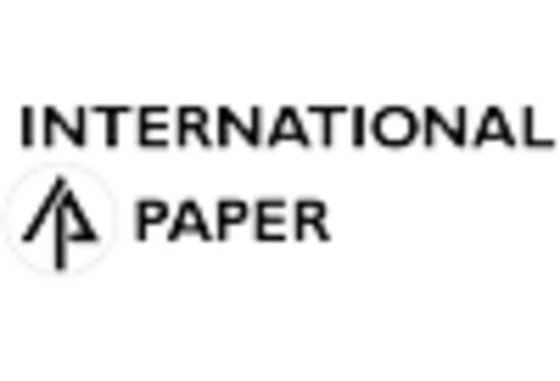Rise of the Circular Economy
The rise of the circular economy is a transformative driver for the Recyclable Cup Market. This economic model emphasizes the importance of reusing and recycling materials to minimize waste and environmental impact. As businesses and consumers increasingly adopt circular practices, the demand for recyclable cups is expected to grow. This shift is supported by initiatives aimed at creating closed-loop systems where products are designed for longevity and recyclability. The Recyclable Cup Market is thus positioned to thrive as it aligns with the principles of the circular economy, fostering sustainable consumption patterns and reducing reliance on virgin materials.
Regulatory Support and Policies
Regulatory support and policies play a crucial role in shaping the Recyclable Cup Market. Governments worldwide are implementing stringent regulations aimed at reducing plastic waste and promoting recycling initiatives. For instance, several regions have introduced bans on single-use plastics, which has catalyzed the demand for recyclable alternatives. This regulatory landscape not only encourages manufacturers to invest in sustainable materials but also fosters a competitive environment where recyclable cups become a preferred choice. The Recyclable Cup Market is thus likely to benefit from these policies, as they create a framework that incentivizes innovation and responsible consumption.
Corporate Sustainability Initiatives
Corporate sustainability initiatives are increasingly influencing the Recyclable Cup Market. Many companies are adopting comprehensive sustainability strategies that encompass the use of recyclable materials in their product lines. This trend is reflected in the fact that over 60% of major corporations have set ambitious sustainability goals, including the transition to recyclable packaging. As businesses recognize the importance of environmental stewardship, the demand for recyclable cups is expected to rise. This shift not only enhances corporate image but also aligns with consumer expectations, thereby driving growth within the Recyclable Cup Market.
Consumer Demand for Eco-Friendly Products
The increasing consumer demand for eco-friendly products is a pivotal driver in the Recyclable Cup Market. As awareness of environmental issues rises, consumers are gravitating towards sustainable alternatives. This shift is evidenced by a reported 70% of consumers expressing a preference for brands that prioritize sustainability. Consequently, businesses are compelled to adapt their offerings to meet this demand, leading to a surge in the production and distribution of recyclable cups. The Recyclable Cup Market is thus experiencing a transformation, as companies innovate to create products that align with consumer values, potentially enhancing brand loyalty and market share.
Technological Advancements in Material Science
Technological advancements in material science are significantly impacting the Recyclable Cup Market. Innovations in biodegradable and recyclable materials are enabling manufacturers to produce cups that are not only functional but also environmentally friendly. Recent developments have led to the creation of cups made from plant-based materials that decompose more efficiently than traditional plastics. This evolution in material technology is likely to attract environmentally conscious consumers and businesses alike, thereby expanding the market. The Recyclable Cup Market stands to gain from these advancements, as they provide viable alternatives to conventional disposable cups.


















Leave a Comment